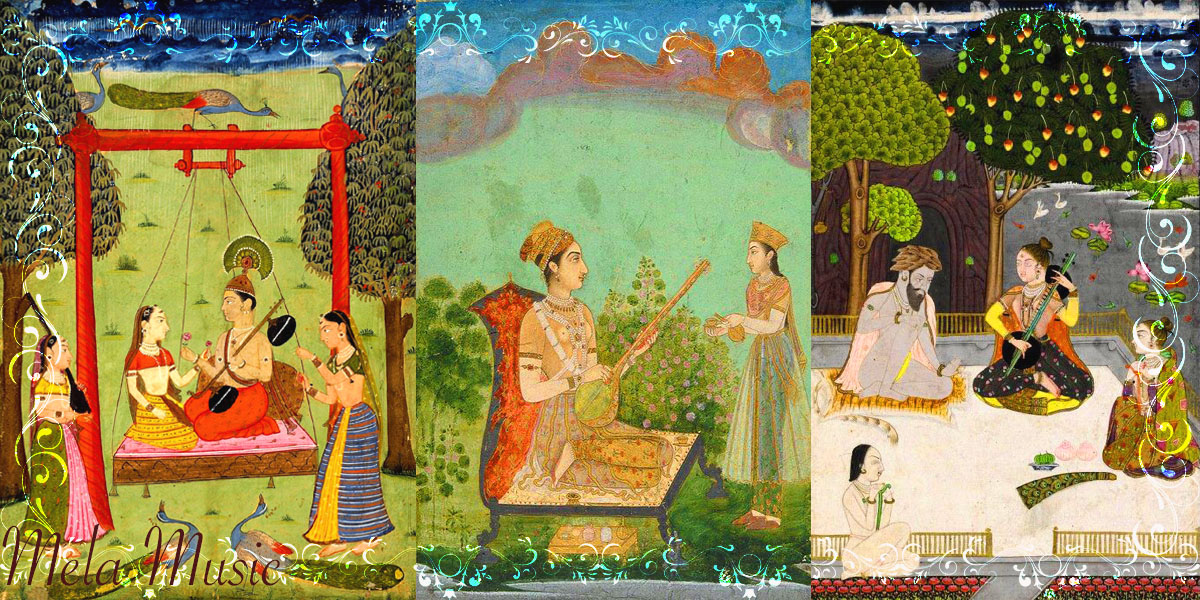
Badhat, in the context of Indian classical music, refers to the progressive elaboration and development of a raga during a performance. It involves the systematic and gradual expansion of musical ideas, improvisations, and melodic patterns within the framework of the chosen raga.
Key characteristics of badhat include:
1. Progressive Development: Badhat allows the musician to progressively explore and expand upon the raga. It starts with simpler phrases and gradually introduces more complex and intricate variations.
2. Temporal Extent: Badhat can extend over a considerable period within a performance, often occupying a substantial portion of the presentation. It allows the musician to delve deep into the raga’s melodic possibilities.
3. Use of Alamkars: Musicians may employ various alamkars (musical ornaments) and techniques to enhance the beauty and complexity of their improvisations during badhat. These can include meend (glides), gamakas (ornamental oscillations), and taans (fast, rhythmic passages), among others.
4. Rhythmic Exploration: While badhat is primarily a melodic elaboration, it may also include rhythmic explorations, especially when accompanied by percussion instruments. This adds another layer of complexity to the performance.
5. Audience Engagement: A well-executed badhat is captivating for the audience, as it gradually unfolds the unique characteristics and emotive qualities of the raga. It often serves as a highlight of the performance.
In summary, badhat is a crucial element of Indian classical music, allowing musicians to showcase their creativity, virtuosity, and mastery of the raga by progressively expanding and developing its melodic and rhythmic aspects during a performance.
Content Provided By: Sangeetpedia
